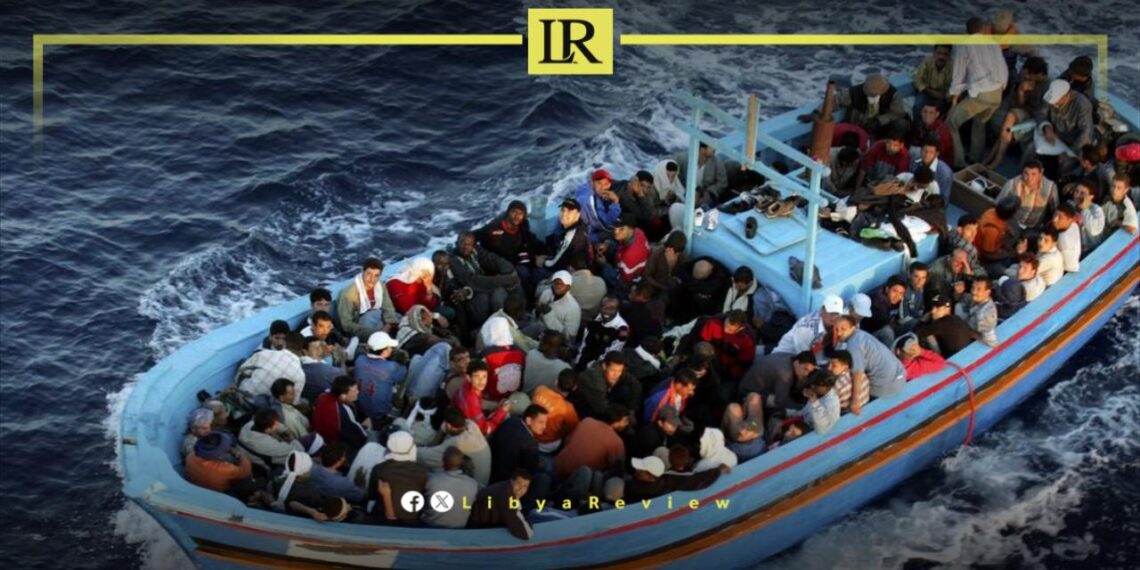Data collected from March to May 2024 by the International Organization for Migration’s Displacement Tracking Matrix (DTM) program in Libya indicates a slight increase in the number of migrants in the country.
The report recorded 725,304 migrants from 44 nationalities across 100 Libyan municipalities, reflecting a 1% increase compared to the previous quarter’s data.
This figure is described as the highest recorded by the International Organization for Migration (IOM) in Libya since data collection began in 2016. However, it remains lower than the estimated 2.5 million migrants before the conflict erupted in 2011.
The IOM attributed the increase in migrant numbers to several factors, including the relative stability in some municipalities, and better job opportunities in sectors such as construction, oil, trade, and agriculture.
The report also noted the continued arrival of Sudanese migrants in Kufra and other locations in eastern Libya due to the ongoing conflict in their home country.
Libya has been in chaos since a NATO-backed uprising toppled longtime leader Muammar Gaddafi in 2011. The county has for years been split between rival administrations.
Libya’s economy, heavily reliant on oil, has suffered due to the ongoing conflict. The instability has led to fluctuations in oil production and prices, impacting the global oil market and Libya’s economy.
The conflict has led to a significant humanitarian crisis in Libya, with thousands of people killed, and many more displaced. Migrants and refugees using Libya as a transit point to Europe have also faced dire conditions.
The planned elections for December 2021 were delayed due to disagreements over election laws and the eligibility of certain candidates. This delay has raised concerns about the feasibility of a peaceful political transition.
Despite the ceasefire, security remains a significant concern with sporadic fighting and the presence of mercenaries and foreign fighters. The unification of the military and the removal of foreign forces are crucial challenges.


